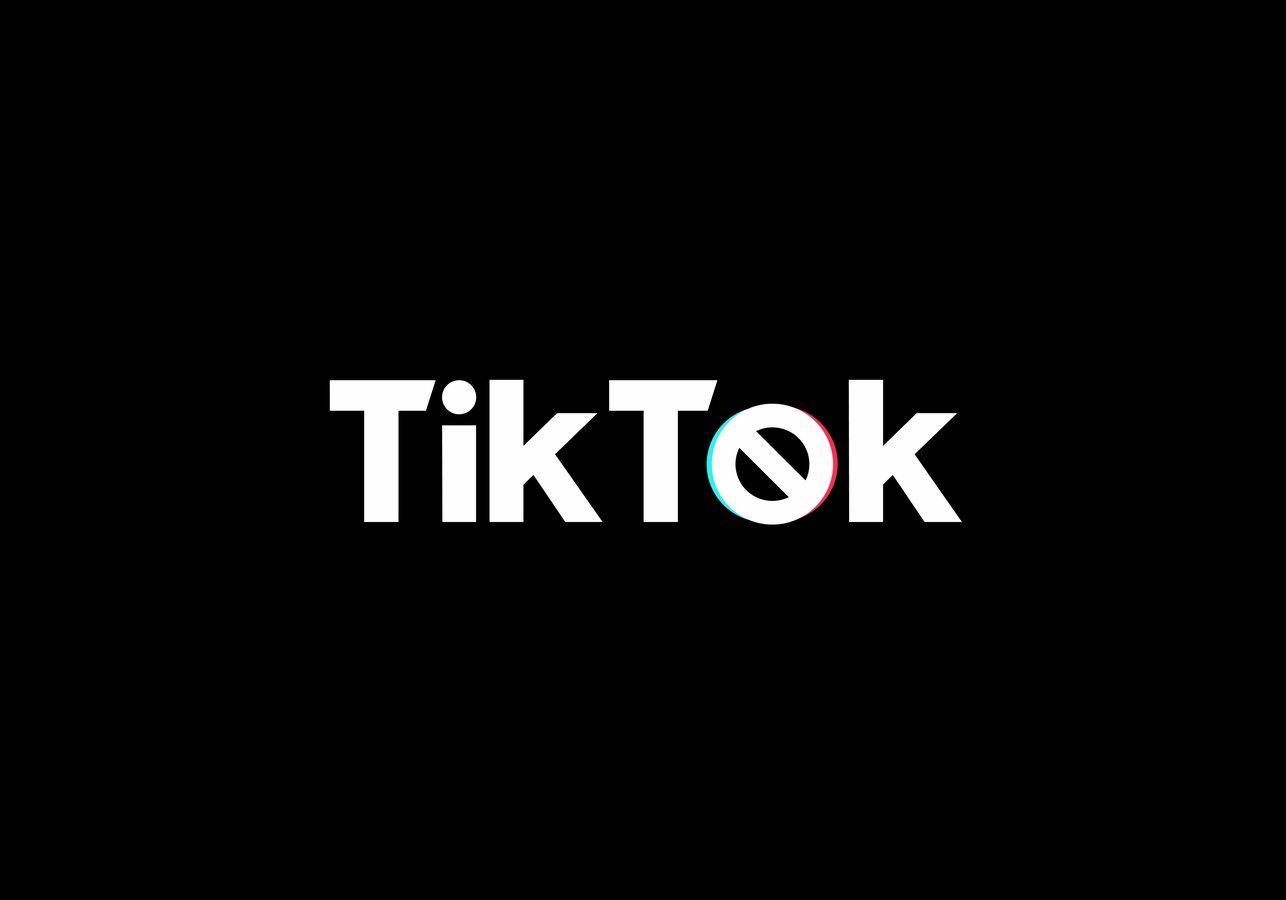The Critical Link Between UX and SEO
Understand the connection of UX and SEO and discover ways to improve both simultaneously.

In recent years, user experience (UX) has become an increasingly important partner of SEO. The main reason: Google. Google’s algorithms have become quite advanced, placing a greater emphasis on UX when ranking websites. Google uses UX signals as ranking factors when determining where to place content in search results. UX has indirectly affected page rank for some time. If people have a negative experience on your page, it’s likely they’ll leave and move on to the next site. And unfortunately, that’ll have an adverse effect on rank.
With their Core Web Vitals update, Google UX guidelines indicate that user experience is key to the SEO equation.
What is User Experience (UX)?
So, what is user experience all about? To put it simply, it’s how people interact with products and services. UX involves taking a human approach to product development and crafting a digital experience around the needs and desires of a target audience. In essence, good UX allows users to do what they want when interacting with your brand. While SEO brings users to your site, UX focuses on how to best keep those users on your site and how to increase conversions from that traffic.
Yet you can’t just design ‘user experience’. Why? Because it refers to how a person perceives and interacts with your product. But you can create conditions that lead to a favorable mindset, such as:
- Usability
- Accessibility
- Usefulness
- Desirability, etc.
How Does User Experience Affect SEO?
When users are satisfied...Google is satisfied. Google rewards websites that care about user experience because it wants what's best for the searcher. Google algorithms are developed to ensure that websites are on par with this objective.
Over the years, Google has developed several user experience signals that measure how well users are interacting with a page. These signals include Core Web Vitals, mobile friendliness, safe browsing, HTTPS protocol, and no intrusive interstitials. Highlighting these signals will make it easier to navigate your site and your rankings will improve in the search engine report page (SERP).
Ways to Improve UX and SEO at the Same Time
Page Speed
Page speed is one of the most important UX factors for SEO. With each second that passes, it becomes more and more likely that your audience will leave your website. Google states that faster sites undoubtedly rank higher in search results. Our friends at SerpWatch listed several ways to improve your site’s page speed:
- Optimize images with width or height specifications in pixels instead of ratio dimensions
- Use content delivery networks (CDN) which distribute pages across multiple servers
- Minify code so it takes less memory while loading
Google’s PageSpeed Insights also provide specific tips on advancing speed metrics and how to improve UX for your visitors.
Mobile Experience
In today’s digital world, it’s important that your UX design is from a ‘mobile first’ perspective. Over 50% of all traffic is now driven by mobile and sites that are not mobile-friendly will compromise the user experience. According to Google, mobile-friendly websites have priority access to appear above in search results. Enhancing the readability is a must-have to consider improving the mobile experience. Google's mobile-friendly testing tool is a good resource to help you check your site’s mobile responsiveness.
Easy Navigation & Site Structure
Keep your site structure simple. Make it easy for users to navigate your site to find what they’re looking for. Many visitors won’t enter your site through the homepage, so your site ‘nav’ needs to be seamless and straightforward. No fancy pop-ups, endless options, or buttons that lead to nowhere. If you have other pages you want viewers to enter, try to make it simple to locate those areas as well.
Internal Linking
An internal link is any link from one page on your website to another page on your site. Before your content can rank, it needs links. Internal links give Google an idea of the structure of your website and helps them understand which pages are most important. Google ‘crawls’ websites using Googlebot. By following links, Google can work out the relationship between the various pages and other information. Internal linking establishes a hierarchy, allowing you to provide the most important pages and adds more value to links.
Content Layout
Without a doubt, bad layout design and unorganized content format can hurt UX. As we’ve mentioned before…just keep it simple. Using shorter blocks of copy with organized headers improves usability and retains search optimization. Bullets and number lists are also appropriate because they keep elements clear, organized, and help promote featured snippets in Google.
How to Start Improving User Experience and SEO
Any website or software with poor user experience is either under utilized or not adopted. Ready to team up with a digital leader who can provide UX and SEO capabilities to grow your business results? That’s what we do at Cuker…generate results! We create award-winning user experiences and provide proven SEO strategies that drive brand exposure and sales growth.
The search is over, but the experience has only just begun. Let's talk!





